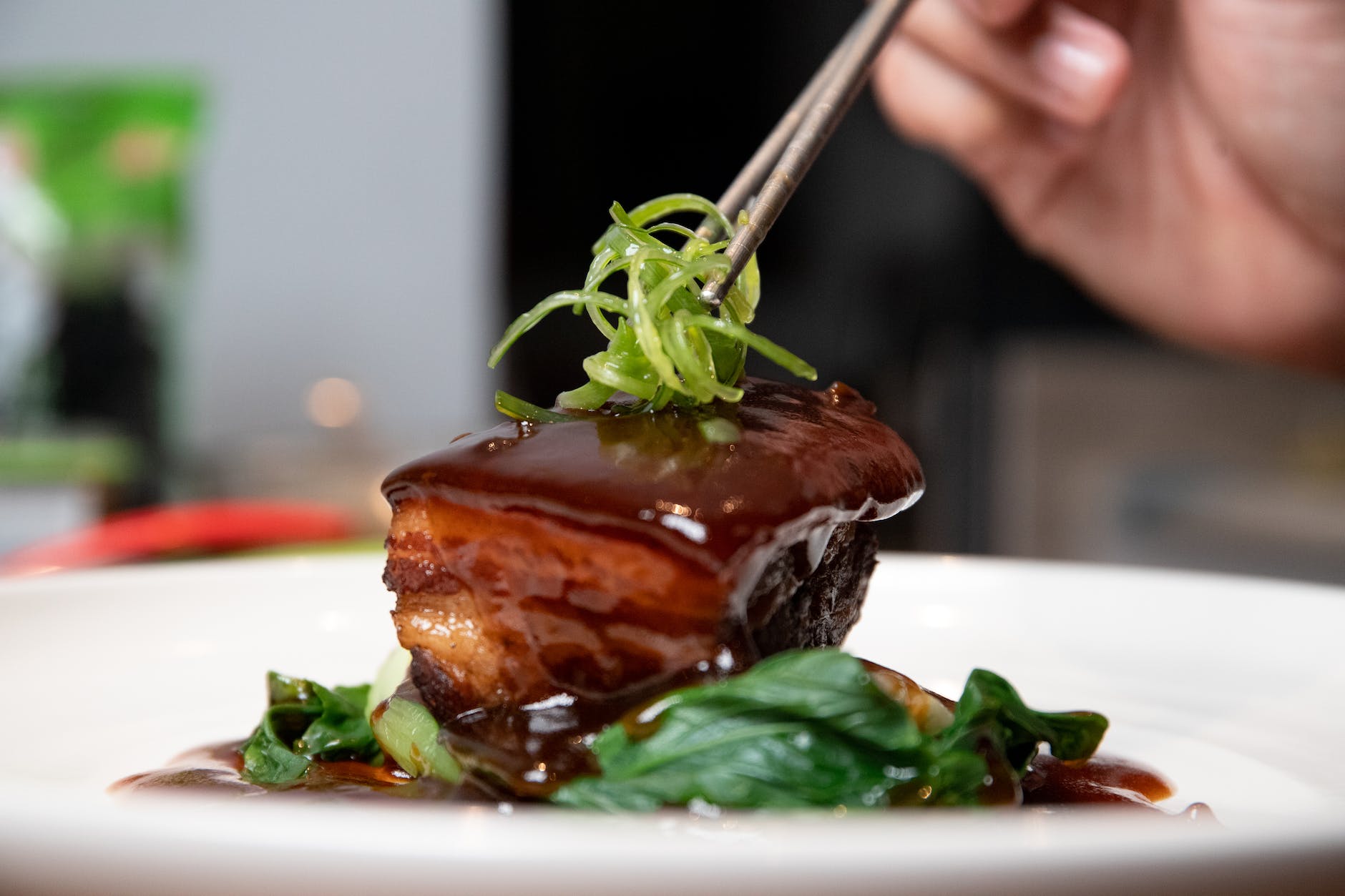Exploring the Essential Flavors of Chinese Cuisine: A Beginner’s Guide to Chinese Condiments and Seasonings
Chinese cuisine is known for its diverse and complex flavors, and a key part of achieving these flavors is through the use of various condiments and seasonings. From fermented bean pastes and chili oils to soy sauces and rice vinegars, these ingredients play a vital role in enhancing the flavors and aromas of dishes and are an integral part of the country’s culinary traditions. In this article, we will explore the different types of Chinese condiments and seasonings, their cultural significance, and their uses in various dishes.
Fermented bean pastes, such as hoisin sauce and black bean sauce, are a staple in many Chinese dishes. Hoisin sauce, which is made from fermented soybeans, sugar, and various spices, is sweet and savory and is often used in stir-fries and marinades. Black bean sauce, which is made from fermented black beans, is commonly used in Cantonese cuisine and adds a rich, salty flavor to dishes like black bean chicken or black bean spare ribs.
Chili oils, such as Sichuan chili oil and chili crisp, are also commonly used in Chinese cooking. Sichuan chili oil, which is made from chili flakes, Sichuan peppercorns, and various spices, adds a spicy kick to dishes like mapo tofu or boiled fish with chili oil. Chili crisp, which is made from chili flakes and various oils, is often used as a condiment for dipping or drizzling over dishes to add a spicy and fragrant flavor.
Soy sauces, such as light soy sauce and dark soy sauce, are a staple ingredient in many Chinese dishes. Light soy sauce, which is lighter in color and has a more delicate flavor, is often used in soups, marinades, and dipping sauces. Dark soy sauce, which is darker in color and has a richer, more full-bodied flavor, is often used in braises and stews to add depth and savoriness.
Rice vinegars, such as Chinkiang vinegar and rice vinegar, are also commonly used in Chinese cooking. These vinegars are light and slightly sweet, and are often used in salads, dressings, and marinades to add a tangy flavor. Chinkiang vinegar, which is made from fermented black rice, is particularly popular in Cantonese cuisine and has a rich, slightly smoky flavor.
Other popular condiments and seasonings in Chinese cooking include sesame oil, five spice powder, and oyster sauce. Sesame oil, which is made from toasted sesame seeds, adds a rich, nutty flavor to dishes and is often used in cold dishes like sesame noodles or as a finishing oil for stir-fries. Five spice powder, which is a blend of cinnamon, cloves, fennel, star anise, and pepper, is used in a variety of dishes and adds a warm, aromatic flavor. Oyster sauce, which is made from oysters, soy sauce, and various spices, is used in many stir-fries and adds a savory and slightly sweet flavor.
Chinese condiments and seasonings are not just used for their flavors, but also have cultural significance. For instance, fermented bean pastes are often associated with regional cuisines, such as the use of black bean sauce in Cantonese cuisine. Similarly, five spice powder is often used in traditional festival dishes, such as the lunar new year dish of whole roast duck. There are also special cooking techniques and traditions associated with these condiments and seasonings, such as the use of sesame oil in cold dishes like sesame noodles, or the slow fermentation process used to make traditional soy sauce.
Chinese condiments and seasonings are used in a wide range of dishes to add flavor and aroma. For example, hoisin sauce is often used in stir-fries and marinades to add a sweet and savory flavor, while Sichuan chili oil is used to add a spicy kick to dishes like mapo tofu. Soy sauce is a staple ingredient in many Chinese dishes, and is used to add depth and savoriness to everything from soups to marinades. Rice vinegar is commonly used in salads and dressings, and adds a tangy, slightly sweet flavor to dishes.
In conclusion, Chinese condiments and seasonings play a vital role in enhancing the flavors and aromas of dishes and are an integral part of the country’s culinary traditions. From fermented bean pastes and chili oils to soy sauces and rice vinegars, these ingredients are used in a wide range of dishes and are essential for creating the complex and diverse flavors of Chinese cuisine. If you’re looking to try some dishes using these condiments and seasonings, some options might include stir-fried noodles with hoisin sauce, mapo tofu with Sichuan chili oil, or a refreshing rice vinegar salad.
References:
“The Essential Guide to Chinese Condiments and Seasonings” by Fuchsia Dunlop (https://www.seriouseats.com/2019/06/the-essential-guide-to-chinese-condiments-and-seasonings.html)
“Chinese Condiments: A Guide to the Flavors of China” by Craig Clifford (https://www.thespruceeats.com/chinese-condiments-4686544)
“The Top 10 Chinese Condiments You Need in Your Kitchen” by Lena Abraham (https://www.thespruceeats.com/top-chinese-condiments-4686518)






